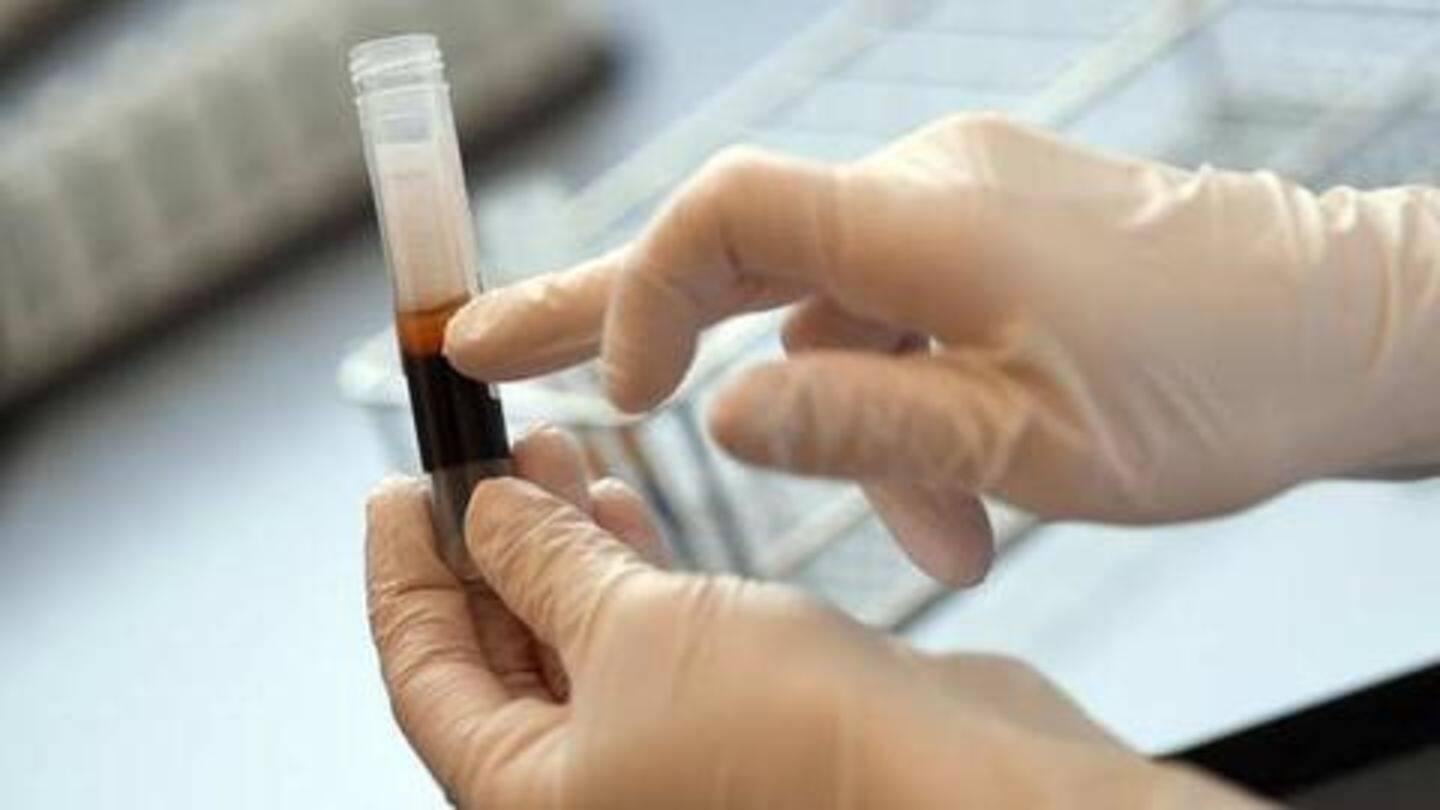
Not enough evidence to back Plasma therapy for COVID-19: Government
What's the story
The Union Ministry of Health and Family Welfare has announced that Plasma therapy is still not being considered as a treatment for the novel coronavirus disease. It added that the research on the efficacy and safety of the therapy is going on, and it might even prove "life-threatening" for patients. Here's more on what they said.
Response
Plasma therapy is still in experimental stage
During Health Ministry's daily press briefing, Joint Secretary Lav Aggarwal emphasized that no therapy has been approved to treat COVID-19 yet, not even the widely-reported Plasma therapy. He added that the method is being experimented upon by the Indian Council of Medical Research (ICMR) as part of a nationwide study, but right now, there is not enough evidence to determine its effectiveness.
Clarification
Several hospitals across India testing Plasma therapy
The announcement from the Ministry comes as hospitals across India, including AIIMS, continue to carry out Plasma therapy trials under ICMR's guidance to determine how effective and safe it is. So far, two separate Plasma therapy studies involving a total of 16 COVID-19 patients have shown promising results. One 49-year-old man is even said to have recovered completely with the help of the treatment.
Process
But, what exactly happens in Plasma therapy?
Plasma therapy emerged as a potential treatment for COVID-19 after several encouraging studies in the US and China. The method involves siphoning blood plasma from those who have recovered from the disease and re-infusing it into sick patients so that their body could use the antibodies produced by the recovered patients and generate an immune response to fight the virus.
Information
Plasma therapy has been around for over a century
Caregivers and doctors have been using Plasma therapy for more than a century now. The method was first used to treat diphtheria patients in the 1890s and later employed for treating people suffering from the Spanish flu, measles, Ebola, and even chickenpox.
Questions
Donors need to be selected properly, says AIIMS director
Separately, AIIMS Director Randeep Guleria said we need to have rigorous research to be sure about plasma therapy's effectiveness. "We will have to select patients properly," he told ANI. "Just taking plasma from everyone who has recovered and giving it to patients may not be enough. We have to do a detailed antibody titer testing to see what's the degree of antibodies in plasma."